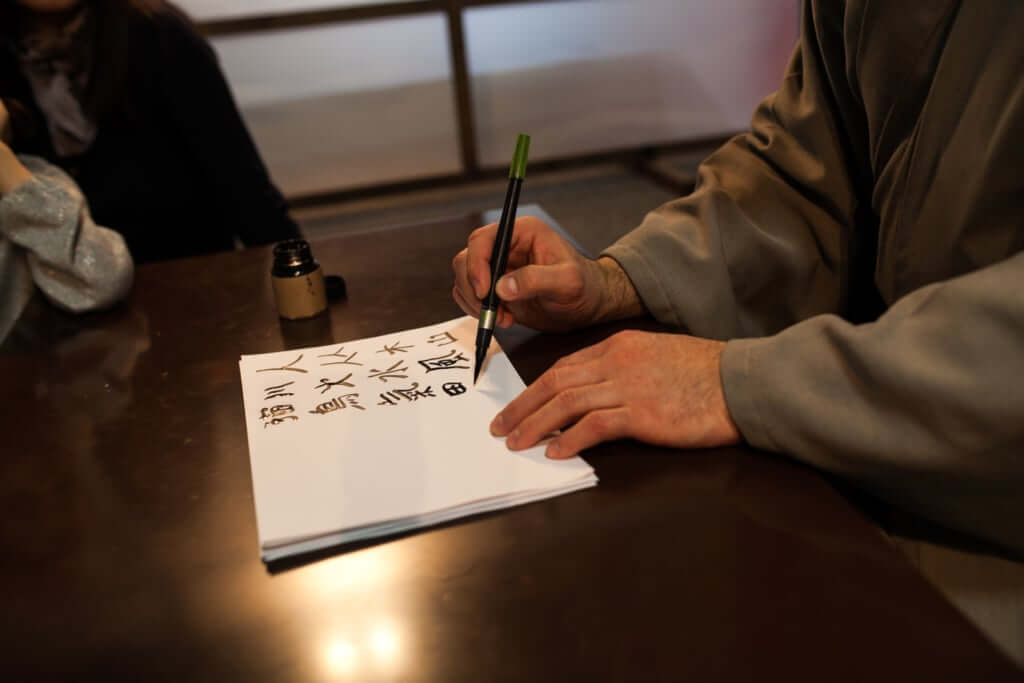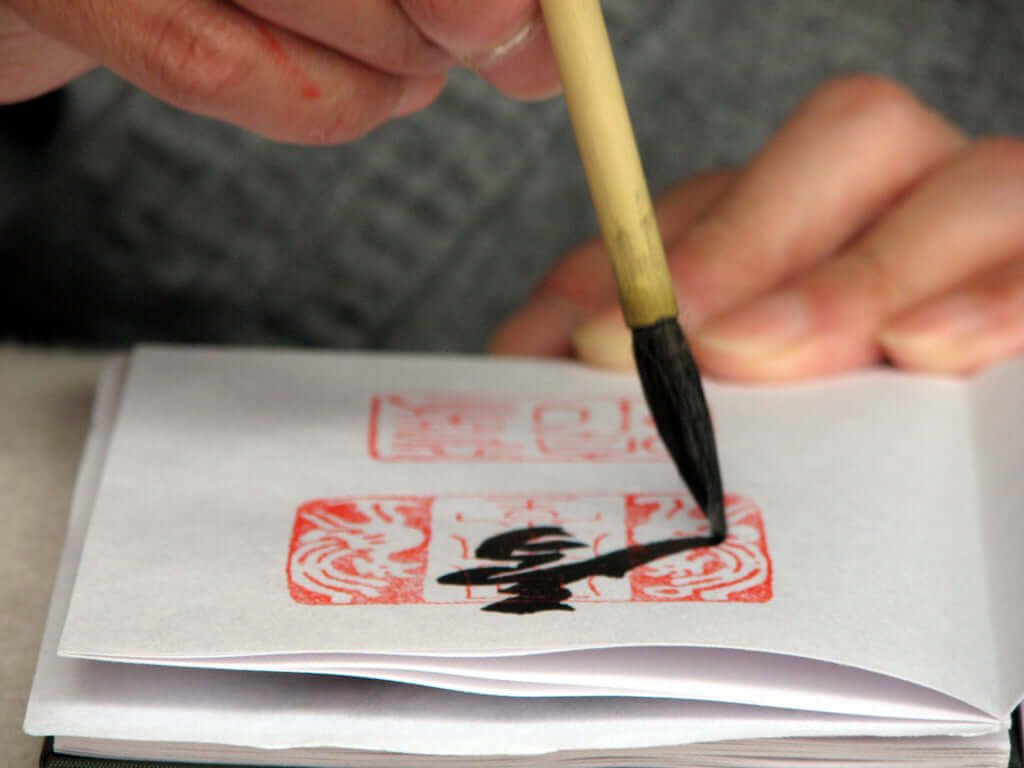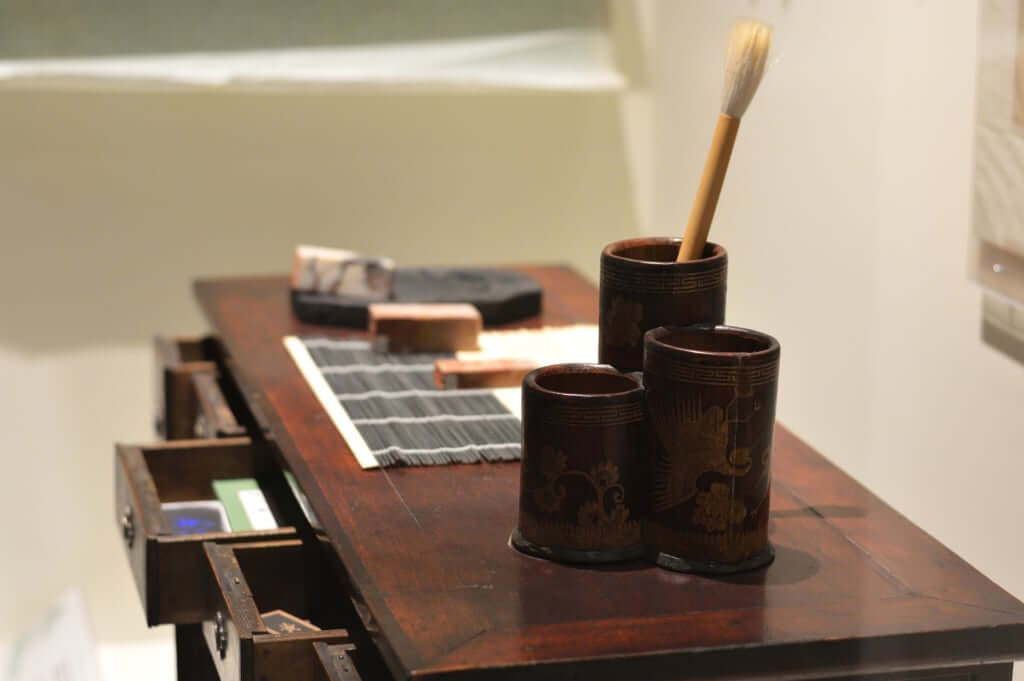The Coded Rituals of Goshuincho

©delo
Engraved seals are everywhere in Japan. Emblazoned with the names and surnames of their owner to sign letters or official documents, or more playful models, found across stations and town halls featuring city mascots, there’s a stamp for everyone and every occasion.
Places of worship are no exception. Each temple or shrine in Japan has its own seal which visitors, from home and abroad, can print into a small notebook, a goshuincho, which literally translates to ‘honorable red seal notebook’.
While these stamps were once reserved for those coming to retreat or write sutras in these temples or shrines, they are now available to all. Now every type of trip across the archipelago can be commemorated by collecting the seals of various places of worship.
A coded ritual
Beware however, the art of collecting these famous seals requires you to follow some rules. First, the notebook. You can’t use just any old notebook, you will need an accordion notebook with thick paper, which can unfold completely in order to observe all the stamps simultaneously. These can be found directly in temples or shrines or in stationery stores, of which there are still many across Japan.
The next rule is that the goshuincho can only contain seals coming exclusively from places of worship. If a monk were to see that other more playful stamps have been affixed to the notebook, it would be quite possible that he refuses to fill it.
A graceful ceremony
Then comes the long-awaited moment, when the monk will blacken the page with his delicate calligraphy. He first affixes the seal (s) of the temple, dipped in red ink, then completes with a calligraphy stamp in black ink, which serves as official signature. Often, the date, as well as the name of the temple are also calligraphed.
To get your hands on this souvenir, just follow the signs to ‘goshuin’ in the temples and shrines, which are usually located near the places where the votive plates are placed. The souvenir comes at the modest sum of 300 to 500 yen, 2 to 4 euros.

©Chris Gladis

©Christian Kaden

©Miguel Padriñán
TRENDING
-
Yakumo Saryo: A Culinary Voyage in Tokyo
Shinichiro Ogata makes objects from glass, ceramics and bronze but is also a fantastic cook. Have a taste of both his talents at restaurant Yakumo Saryo.

-
WA BI GIN : (An Old) Affair of Passion
The Japanese distillery Hombo Shuzo, first known for their shoshu, decided to launch itself into artisanal production of gin. Thus, WA BI GIN was born.

-
Gome Pit, the Pop-Up Bar in a Waste Treatment Facility
Japan never ceases to surprise. Gome Pit is a pop-up bar with an unobstructed view over a pit where tonnes of waste are piled up before being incinerated.

-
A Japanese Tea Room Perched Atop a Rooftop
The building, in keeping with the minimalist style of its creator, offers a splendid view of Vancouver Bay and the surrounding mountains.

-
Discover Japanese Gastronomy Through The Solitary Gourmet Manga
This illustrated black and white album follows its lead through various bars, celebrating the Japanese art of living.





